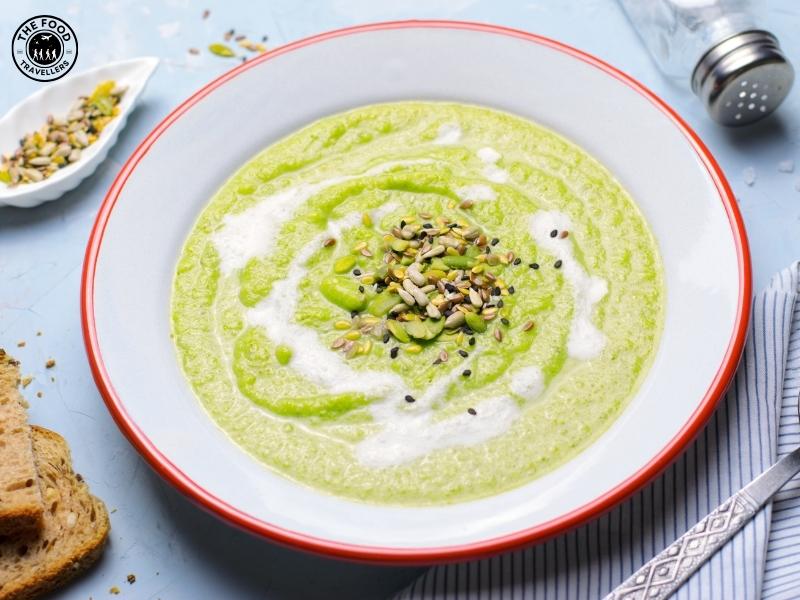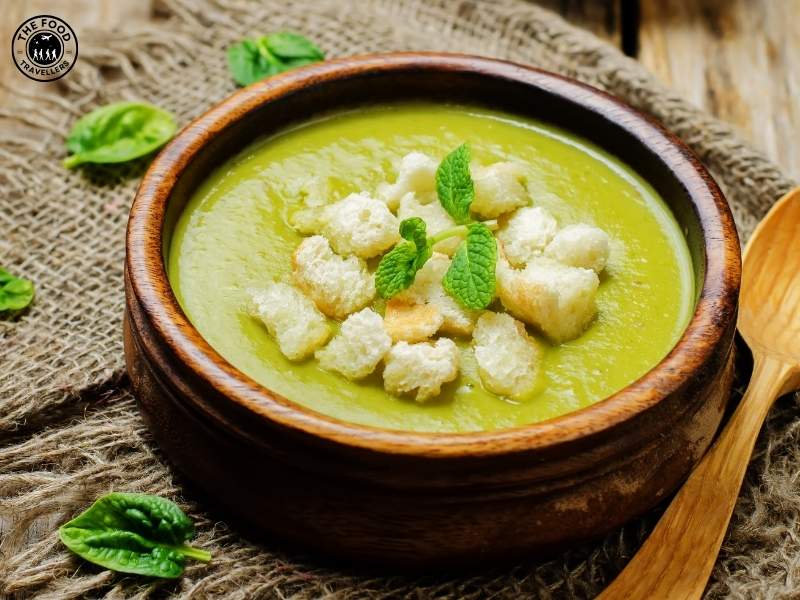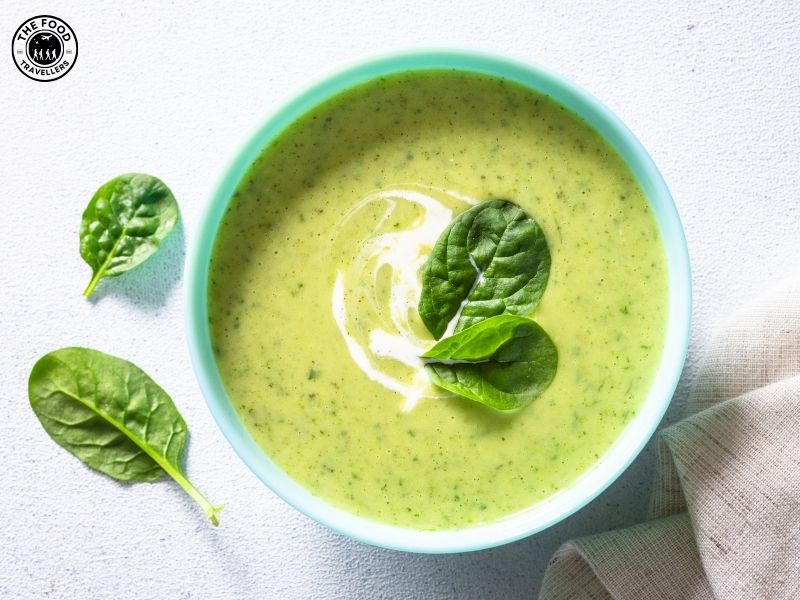Origins and History of Zucchini:
Zucchini, also known as courgette in some parts of the world, is a summer squash that belongs to the Cucurbitaceae family, which also includes pumpkins, cucumbers, and melons. Zucchini is a vegetable in cooking, botanically it is a fruit.
Ancient Origins: Zucchini has its roots in the Americas, specifically Mesoamerica. There, it is believed that the indigenous people of Central and South America domesticated squashes and gourds some 5,000 years ago. However, the zucchini we know today is a result of European agricultural practices.
European Influence: Following the Columbian Exchange (the trade of commodities, crops, and ideas between the Old and New Worlds following 1492), zucchini and other squash types were introduced into Europe. The term “zucchini” comes from the Italian word zucchino, meaning “small squash” or “small pumpkin.” In Italy, zucchini was a crop by the 19th century. It is widely grown throughout the Mediterranean region for its tender mild flavor.
Modern Cultivation: Zucchini was introduced to North America in the 19th century. It became a popular crop within a few decades of its introduction. By the 1920s, it was a well-known vegetable; however, it wasn’t eaten much outside of Italian-American communities in the early days. Later, zucchini spread out into mainstream culinary use and became a staple in many cuisines, particularly in Mediterranean, Italian, and American cooking.

Evolution and Uses:
Culinary Versatility: Zucchini is mild in flavor and versatile. It can be eaten raw in salads, sautéed, grilled, or baked into dishes like casseroles and breads. It is also used in a variety of dishes such as stir-fries, fritters, and as a substitute for pasta in low-carb diets (zoodles).
Nutritional Benefits: Zucchini is low in calories but high in nutrients such as vitamin C, vitamin A, potassium, and fiber. Its high water content makes it hydrating and refreshing, especially during hot weather, that is why it is grown mostly during the summer season.
Today, zucchini is a globally recognized vegetable and is cultivated far beyond its Mediterranean roots. It has become popular in home gardens and commercial farming alike.
How Zucchini Soup was first made:
The origins of zucchini soup are not as well documented as some other classic soups, but it probably developed over time from a variety of traditional European and Mediterranean recipes that utilized seasonal vegetables, including zucchini. Here is an overview of how zucchini soup might have first been made:
Early Origins:
Italian Influence: Zucchini has been a staple in the Mediterranean diet for thousands of years. It is called courgette in many European countries. The use of zucchini in soups, therefore, would have likely arisen from the Italian and French traditions in which simple, vegetable-based soups were very popular.
Seasonal Cooking: In many farming villages, especially in Italy and southern France, cooks would have utilized the copious summer harvests of zucchini. They would have mixed those vegetables with other seasonal ingredients such as herbs (like basil, thyme, or parsley), onions, garlic, and sometimes potatoes, to create a thick, light soup. These soups would have been nutritious as well as easy to prepare, especially during the summer when zucchini was readily available.
Evolution of Zucchini Soup:
Simple beginnings: Zucchini soup, as most probably did its earlier variants, originated from very simple, perhaps just broth-based preparations using very few ingredients. Simmering water or broth, salted and peppered, would be enriched by adding slices of zucchini, along with onion or leeks to deepen the flavor of the broth. This soup is one of those that takes minutes to prepare and utilizes any available vegetables.
Puree and Cream Variations: Over time, the zucchini soup evolved into richer and creamier versions. Since the cream soups started gaining popularity in the 19th and 20th centuries, the recipes began to include milk, cream, or even butter to make a smoother and more decadent texture. The vegetable could be pureed to create a velvety consistency, making the soup feel more substantial and luxurious.
Global Spread: The increase of zucchini grown around the world and then easily and widely available led to variations in other cultures and countries through variations in zucchini soup. For example, American culture may add dairy, or its pairing with cheese or crouton for flavoring or extra texture. The variations around the world may consist of other spices or additional proteins with chicken or beans, or even other products such as meat.

Cheesy Zucchini Soup Recipe:
Zucchini is a versatile vegetable that changes flavor and texture depending on how you prepare it. This creamy, cheesy zucchini soup is a perfect example of how simple ingredients transform into a luscious, smooth dish. This recipe hails from European kitchens, where the zucchinis are in season during the summer, and showcases garden-fresh produce at its best. It’s vegetarian, comforting, and full of nutrition and flavor. The cheese adds a luxurious texture, while the zucchini provides a mild refreshing taste.
Ingredients for Cheesy Zucchini Soup:
- 3 medium zucchinis, sliced
- 1 medium onion, chopped
- 3 cloves of garlic, minced
- 2 tablespoons olive oil or butter
- 3 cups vegetable broth
- 1 cup milk or heavy cream (for extra creaminess)
- 1 cup grated cheese (cheddar, Parmesan, or a combination)
- Salt and pepper to taste
- A pinch of nutmeg (optional)
- Fresh herbs such as parsley or thyme for garnish
Instructions:
Prepare the zucchini: Wash the zucchinis and slice them into rounds or half-moons. Set aside.
Sauté the onion and garlic: In a large pot, heat the olive oil or butter over medium heat. Add the chopped onion and cook until soft and translucent, about 5 minutes. Add the garlic and cook for another minute until fragrant.
Cook the zucchini: Add the sliced zucchini to the pot, stirring occasionally for about 5–7 minutes until they begin to soften.
Add the broth: Pour the vegetable broth in, ensuring the zucchini is mostly submerged. Bring the soup to a boil, then reduce the heat and simmer for 10–15 minutes until the zucchini is completely tender.
Blend the soup: Use an immersion blender to puree the soup to a smooth and creamy texture. Or, you can blend the soup in batches in a blender. Be careful while you are blending hot liquids.
Add milk/cream and cheese: Add milk or cream for more richness. Add the grated cheese in the soup until it melts. Season with salt, pepper, and a pinch of nutmeg for a warmer taste.
Serve: Ladle the soup into bowls and garnish with fresh herbs. Sprinkle a little extra cheese on top for an cheesy finish.
Tips for Cheesy Zucchini Soup:
- For a vegan version substitute the milk with a non-dairy alternative and use vegan cheese
- Serve this soup with some crusty bread for a complete comforting meal.
- This creamy zucchini soup is perfect for cozy evenings or when you’re craving something warm and satisfying. Its origins in rustic European cooking make it a timeless recipe with modern twists. Enjoy!
Conclusion:
Zucchini soup must have originated, as a simple and rustic kitchen dish, in the kitchens of southern Mediterranean regions. Fresh ingredients, according to season and availability, served as its foundation for every meal there. It’s simple; it’s flavor-rich and versatile, becoming different styles of soups over generations based on preferences and choices of regions and communities. Modern zucchini soup in all countries, in varied forms light broths or creamy soups, all celebrate a fresh, mild, and excellent vegetable.
Share your thoughts on our Instagram channel @thefood.travellers


